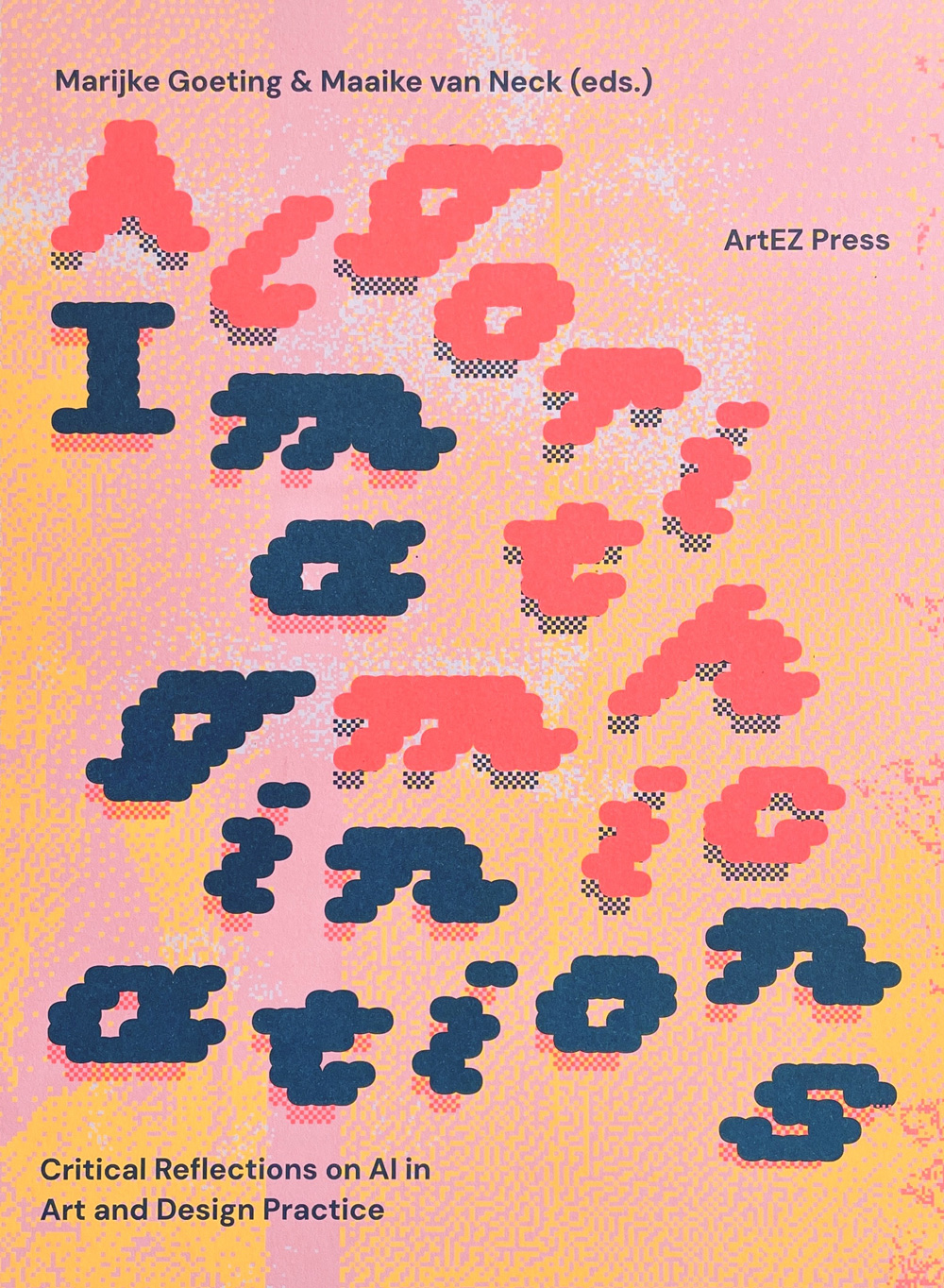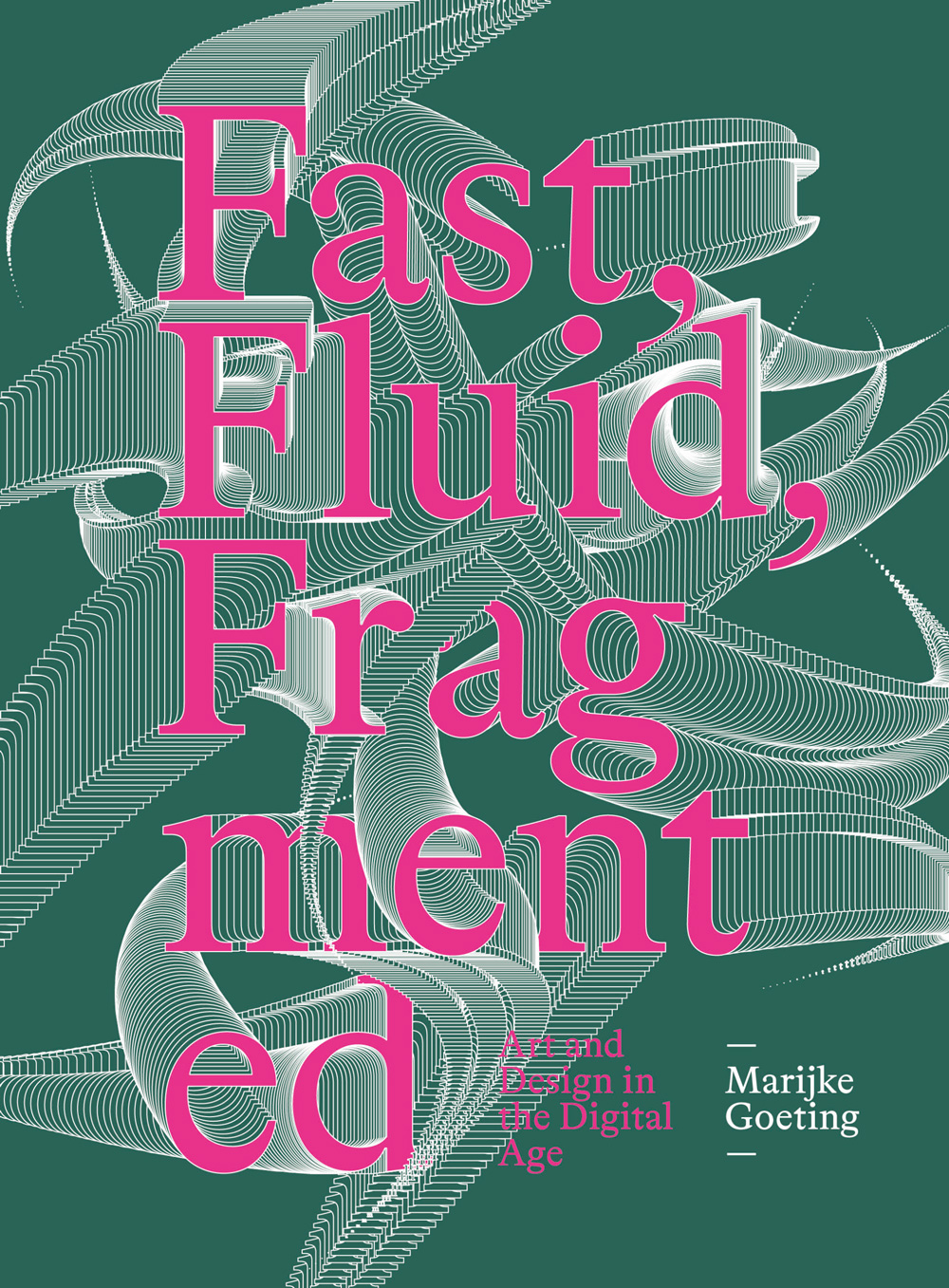Marijke Goeting

Algorithmic Imaginations explores artificial intelligence through the lens of art and design practice. This book asks how artists and designers can play an active, critical role in shaping our understanding of its possibilities and limitations.
The book investigates how AI relates to human imagination, creativity, and embodiment, as well as to social inequality, other life forms, and ecology. Steering away from hype and mystification, Algorithmic Imaginations centers on situated experiences, perspectives, and practices from the field of art and design.
Bringing together written contributions, recorded conversations, and visual explorations, the publication invites students, practitioners, and researchers to reflect on the presence of AI in their own work. How do different generations of makers approach this technology? What kinds of questions—and forms of imagination—are needed to reimagine our future relations with machine intelligence?
With contributions by Siri Beerends, Vera van der Burg, Sofia Crespo, Marco Donnarumma, Marijke Goeting, Lauren Lee McCarthy, Maaike van Neck, Soyun Park, Anna Ridler, Pilar Rosado, Nikola Scheibe, Casper Schipper, Philipp Schmitt, Lukas Völp and Sabine Winters.

What does it mean to be a designer in the digital age? Today computers process data at incredibly high speeds, while algorithms automatically filter and analyse information, and software generates images from code. No longer fixed, well-defined artefacts, images are increasingly becoming automatically generated, interactive and fluid entities that are less directly the product of human handwork and more the result of complex machines and computer programs.
In Fast, Fluid, Fragmented I examine the nature and cultural effects of media and technologies that are crucial for the design of visual communication today: digital imaging, algorithms, computer vision, big data and high-speed computation. I analyse how contemporary works of art and design have reflected on, experimented with and imagined different ways of dealing with these technologies and their cultural effects. In so doing, I identify different approaches that artists and designers can take to engage critically, thoughtfully and alternatively with the digital tools at hand.